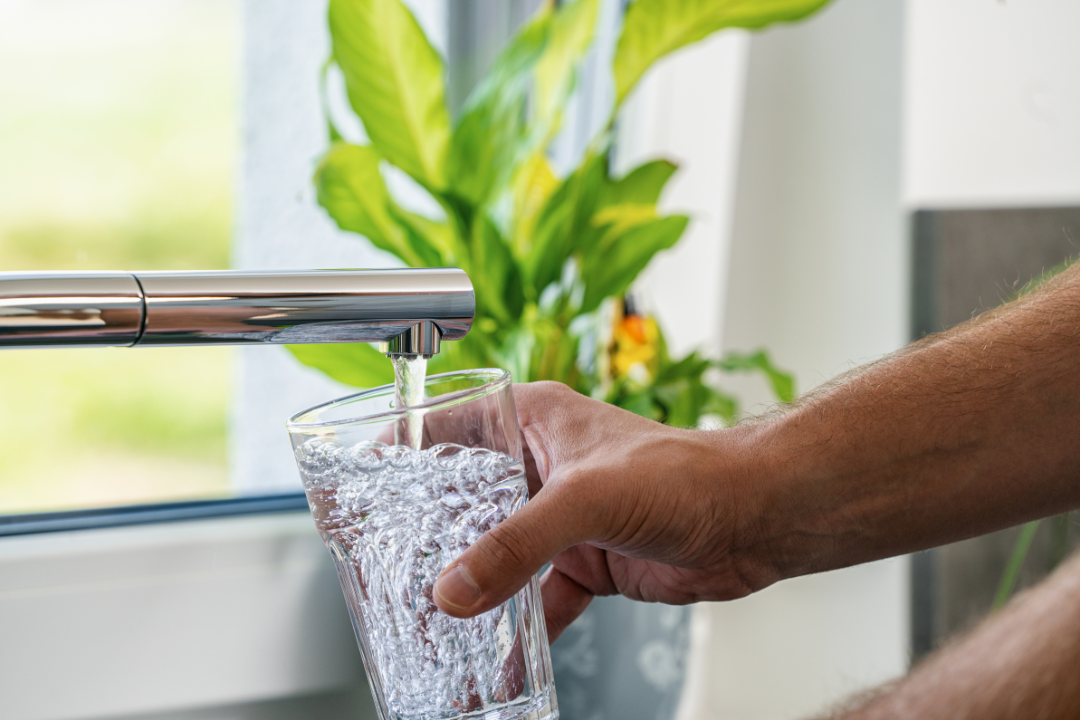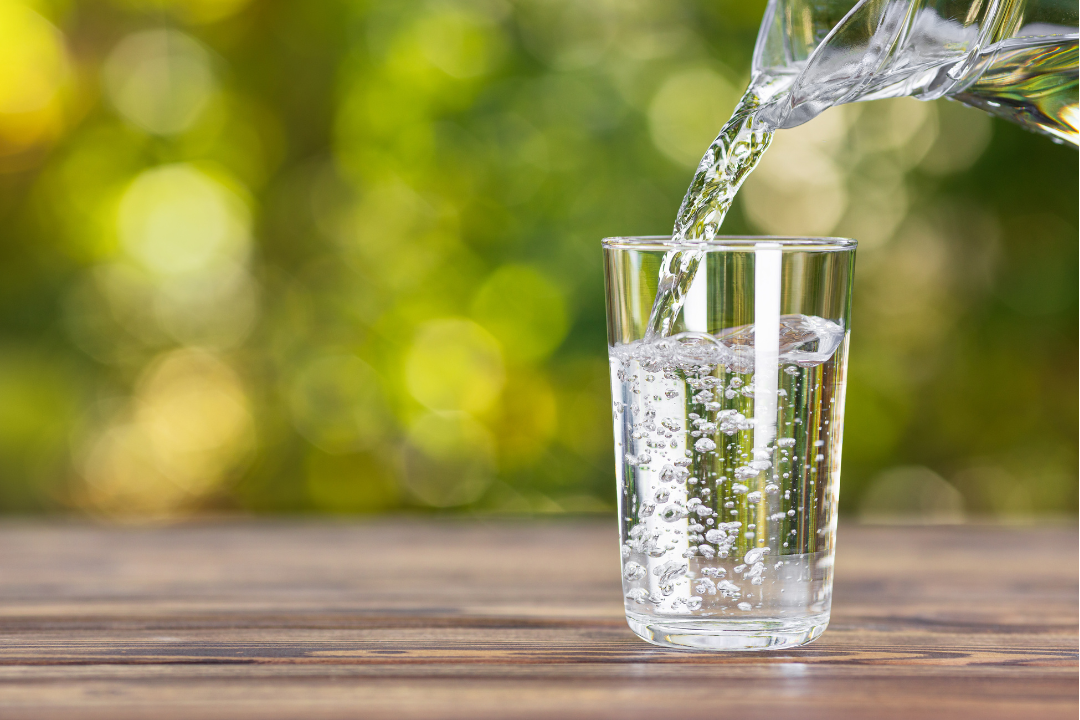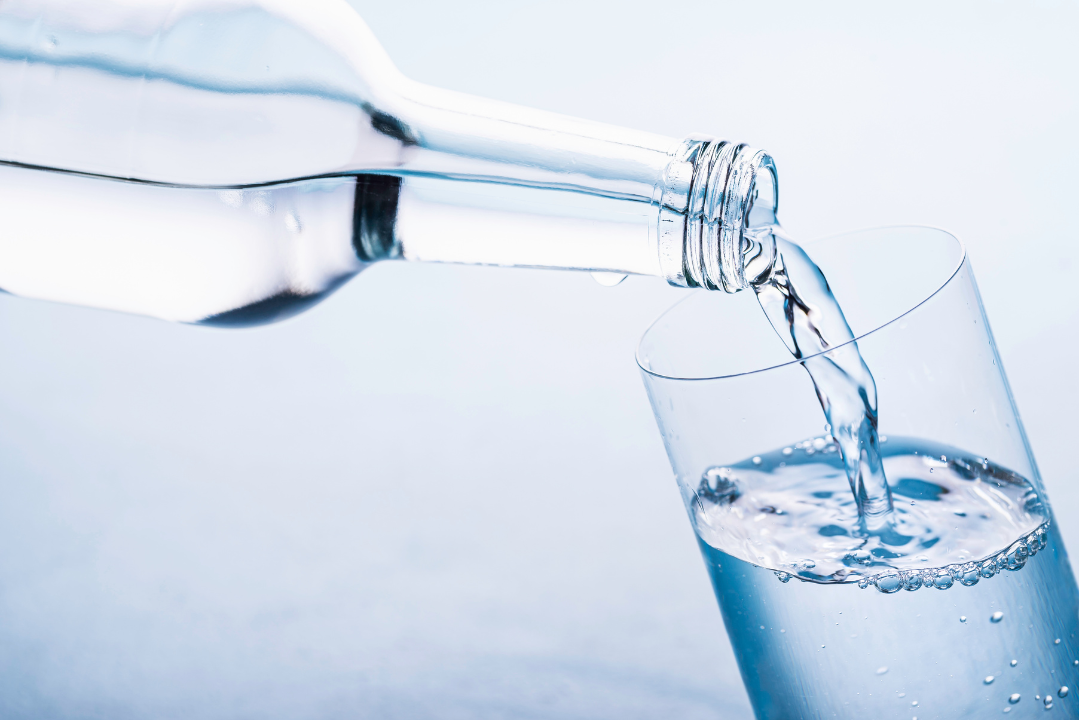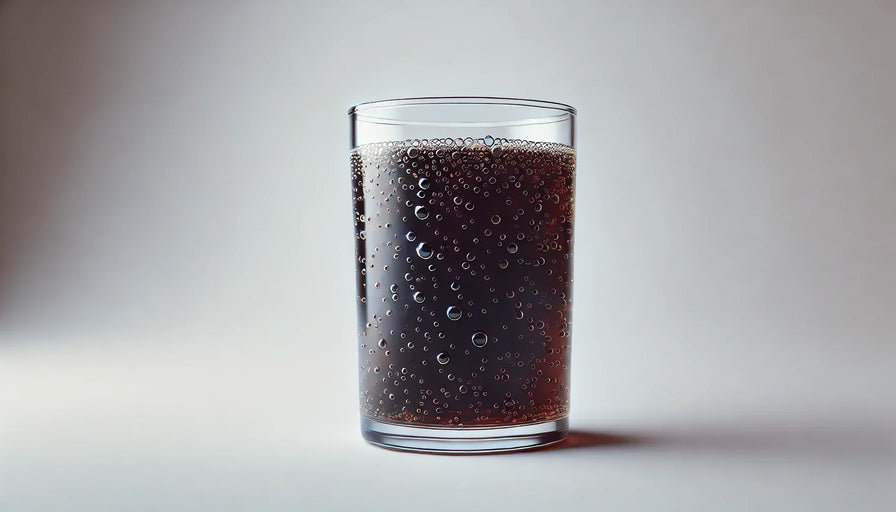
What is Aerated Water & Why is it Integral?

What is aerated water?
Aerated water is water infused with air. This accelerates the biodegradation of pollutants present in the water.
Aerated water has a rich history and plays a significant role in our daily lives, and no, we don't mean carbonated beverages!
From its early discoveries to its integration into modern beverages, understanding aerated water helps us appreciate its many applications and benefits.
Table of contents

Why is water aeration important?
Water aeration is crucial because it helps maintain the ecological balance in aquatic environments. By increasing the oxygen content in water, aeration supports the survival and growth of aquatic life, such as fish and beneficial microorganisms, which require dissolved oxygen to thrive.
Aeration also facilitates the decomposition of organic matter, reducing odors and improving water clarity– preventing stratification in bodies of water, and promoting a uniform distribution of temperature and nutrients throughout. This is essential for a healthy aquatic ecosystem.
Related read: Does Water Go Stale?

What are the benefits of aerated water?
Aerated water offers numerous benefits across various applications. One of the primary advantages is its ability to improve water quality.
- Increased Oxygen Levels: Introducing air into the water helps increase oxygen levels, which is essential for the health of aquatic life.
- Promotes Beneficial Bacteria: Higher oxygen levels can promote the growth of beneficial bacteria that break down harmful substances and maintain a balanced ecosystem.
These systems are widely used in various applications:
- Improving water quality in aquariums and ponds
- Enhancing oxygen levels in large water bodies like lakes and reservoirs
Furthermore, aerated water can aid in the removal of unpleasant odors and tastes, making it more palatable for consumption. This is particularly useful for common kitchen tap water, which can contain a variety of minerals depending on location.
Related read: Key Differences Between Club Soda and Mineral Water
It can also help in reducing the concentration of iron and manganese, preventing staining and buildup in pipes and fixtures.

Carbonated water vs aerated water
While both carbonated water and aerated water involve the introduction of gases into water, they are not synonymous.
Carbonated water specifically refers to water that has been infused with carbon dioxide (CO2) gas under pressure, giving it its characteristic fizzy texture. This type of water is commonly found in sodas, club sodas, tonics, sparkling water, and sparkling mineral water.
On the other hand, aerated water is a broader term that encompasses any water that has been introduced to air or gases, but not necessarily carbon dioxide.
Aeration can occur naturally, such as when water flows over rocks or falls in a stream, capturing air bubbles in the process. It can also be achieved through mechanical means, such as using an aerator to mix air into the water.
Aerated water does not inherently possess the fizz or carbonation typical of carbonated water unless carbon dioxide is specifically added.
While carbonated water is traditionally made using plain filtered water, the type of water you choose can significantly affect both the taste and health benefits of your drink.
An interesting alternative is Alkaline Water which is believed to have a pH level higher than regular water.
Key takeaways:
- Carbonated water is infused with CO2 under pressure, creating a distinctive fizz. It's used in various beverages like sodas and sparkling waters
- Aerated water involves introducing water to air or other gases, not specifically CO2, resulting in more bubbly water than fizzy. Aeration can be natural or mechanical.
- Both types of water serve a very specific purpose, and their uses can vary from enhancing the taste of drinks to improving water quality in fish tanks.
Related read: What's the Differences Between Mineral Water vs Spring Water?

How to aerate water
Aerating water means introducing air into the water, and this can be achieved through several methods.
1. Mechanical aeration
One common way is through mechanical aeration, where devices like aerators or fountains are used to mix air into the water. This is often seen in ponds, lakes, or water treatment facilities to increase oxygen levels.
2. Container to container
Another straightforward method of aeration is simply pouring water from one container to another, which exposes it to air and enhances its oxygen content.
3. Tap water
Additionally, tap water is often aerated as it flows out, thanks to aerators fitted to faucets. These small devices break the water stream into fine droplets or bubbles, allowing air to mix in.
Aerating your own water at home
Aerating your own water at home is a simple and effective process that can be done with minimal equipment.
1. Container to container
One easy method, as briefly mentioned above, is to pour water back and forth between two containers. This not only helps to mix air into the water but also improves its taste by releasing dissolved gases.
2. Frother
Alternatively, you can use a handheld milk frother or a whisk to agitate the water vigorously, introducing air in the process.
These methods are convenient and allow you to enhance the oxygen content of your water without requiring specialized equipment.
Related read: Still Water vs Sparkling Water: What's the Difference?

Swimming in aerated water
Swimming in aerated water presents unique challenges that can make the experience quite different from swimming in traditional water.
The primary issue arises from the presence of bubbles introduced by air pumps, which disrupt the density and buoyancy of the water. These bubbles create turbulence and can make it nearly impossible to achieve proper flotation.
Rather than gliding effortlessly through the water, swimmers may find themselves struggling to maintain their position due to the constant agitation caused by the bubbles.
The lack of stability from the aeration can result in increased fatigue and difficulty in executing strokes, leaving individuals feeling frustrated.
As such, while aerated water can enhance certain aquatic experiences, it significantly complicates the act of swimming itself.
Water aeration systems
Water aeration systems play a pivotal role in various water management applications. Studies show that efficient aeration systems can increase dissolved oxygen levels by up to 90%, significantly enhancing water quality and supporting aquatic ecosystems.
Water aeration systems are designed to introduce air into water through various mechanical and natural processes.
Some commonly used systems are:
- Surface aerators
- Submersible aerators
- Diffused aeration systems
- Paddlewheel aerators
- Jet aerators
- Mechanical aerators

Potential dangers of aerated water
While aerated water offers numerous benefits, it's crucial to recognize the potential risks. One primary concern is over-aeration, which can lead to gas supersaturation in the water. This condition poses serious threats to aquatic life, such as fish, which may develop gas bubble disease—a condition where excess gas forms bubbles in their bloodstream.
Improper aeration systems can disrupt the natural ecosystem balance, resulting in negative environmental impacts. Additionally, maintaining aeration equipment is essential; malfunctioning devices can introduce contaminants or pathogens, compromising water quality.
Hence, although aerated water systems are highly advantageous, their implementation demands careful consideration and regular monitoring to prevent adverse effects.
Summary
- Aerated water enhances oxygen levels, supporting healthy aquatic ecosystems and promoting the growth of beneficial bacteria.
- Aerated water is used in a variety of applications such as aquariums, ponds, lakes, reservoirs, and even household tap water to improve taste and reduce odors.
- Aerating water helps reduce iron and manganese concentration, preventing staining and buildup in pipes and fixtures.
- Unlike carbonated water, aerated water involves air or gases other than CO2, and lacks the characteristic fizz.
- Over-aeration can lead to gas supersaturation harmful to aquatic life, and improper system maintenance can introduce contaminants.
Recommended reading

How to Give Back During Thanksgiving 2025
Key takeaways Thanksgiving is a time to express gratitude and share with those in need. From volunteering at local shelters to donating food and essentials, there are numerous ways to give back to...

What Does Carbonation Do to Your Body?
What does carbonation do to your body? Carbonation alone typically has minimal effects; however, it can cause bloating and discomfort for some, and it may worsen acid reflux due to carbon dioxide ...

What Are the Health Benefits of Sparkling Water?
Summary Sparkling water isn't just a refreshing drink—it comes with surprising health benefits too. From aiding digestion to improving hydration, discover how sparkling water can be a healthy addi...